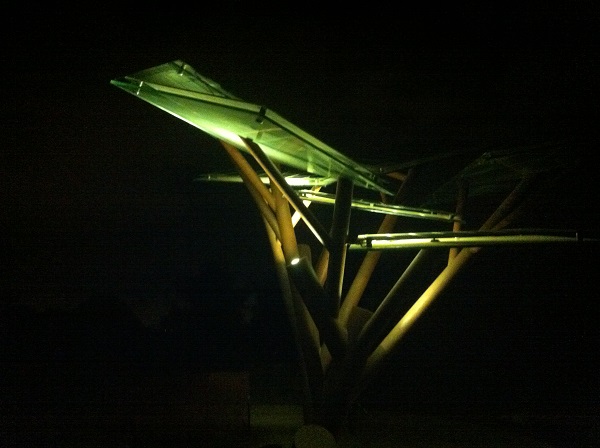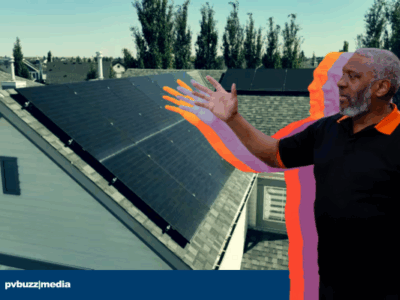The Sologic eTree is an iconic sculpture in the form of a life-size tree powered by solar panels located at its top. It is part of a public space made from 100 percent sustainable materials, that provides rest, shade, free WiFi and a place to cool your water.
Imagine hiking on a path knowing there’s a tree that will put you in touch with the world — just ahead!
Enjoy the unbelievable images of this piece of technology:
The concept of this technology is to create an environmental enterprise that aims to promote sustainable awareness within communities.
E-Tree was invented and developed by solar energy expert Michael Lasry and designed in collaboration with artist Yoav Ben Dov.
The energy produced from the solar panels activates a camera and LCD screen display providing visitors information such as: weather, educational and environmental conditions. The LCD screen allows for inter-communication with other eTree-s planted in different locations around the world.
If you’re wondering how E-Tree’s solar energy ranges from one climate to another, it all comes down to reserve power. The E-Tree will always have enough energy for its applications, regardless of location. In warmer climates, high reserves of stored energy could be channeled back on the grid for use in cooler, less sunny locations. Sologic is also trying to divert these reserves for other kinds of uses in development, such as a small compressor for filling bicycle tires.
The E-Tree is set to be “planted” in Nice, France, and the role out progressively to other countries.



















Comments